Hail is a common occurrence in the St. Paul/Minneapolis area, so much so that many homeowners think they are pretty savvy when it comes to understanding hail damage to roofs. But we've found that what most people take for reality is often fiction or misinformation, so we thought we'd correct some basic misunderstandings before the first big hail storm hits.
- If my roof gets damaged, I don't need to file a homeowner's insurance claim because my roofing warranty will cover it. FALSE. Roofing warranties cover defective products and/or installation, not storm damage, unless it can be proved that the damage was due to the roofing being defective. In fact, some warranties carry clauses that the warranty is void in case of hail damage. The proper course of action - file an insurance claim.
- I don't see any marks or dents on my shingles, so my roof didn't get damaged by the hail. FALSE. Hail damage is not always apparent immediately. Hail can stress a roof and cause weakness that might not show up for as much as a year. The proper course of action - have your roof professionally inspected following a hail storm. Check your warranty - it may even be a requirement.
- Small hailstones don't cause damage. FALSE. Any size hail - even the small pea-sized granules, can cause damage, depending on the force and the angle they hit the roof.
- The damage is minor; I don't want my rates to go up, so I just won't file a claim. FALSE. Your rates may go up even if you don't file a claim. Insurers may raise rates across the board in a geographical area that sustains hail damage. Holding off on filing your own claim just means you won't get the financial assistance you bought insurance to cover.
- Since there's no visible damage, the value of my home hasn't been affected. FALSE. Just because you don't see damage doesn't mean it isn't there, and a professional building inspector may find it when your home is inspected prior to sale. That's the wrong time to find out there's a problem.
Subscribe to Quarve Contracting's Blog


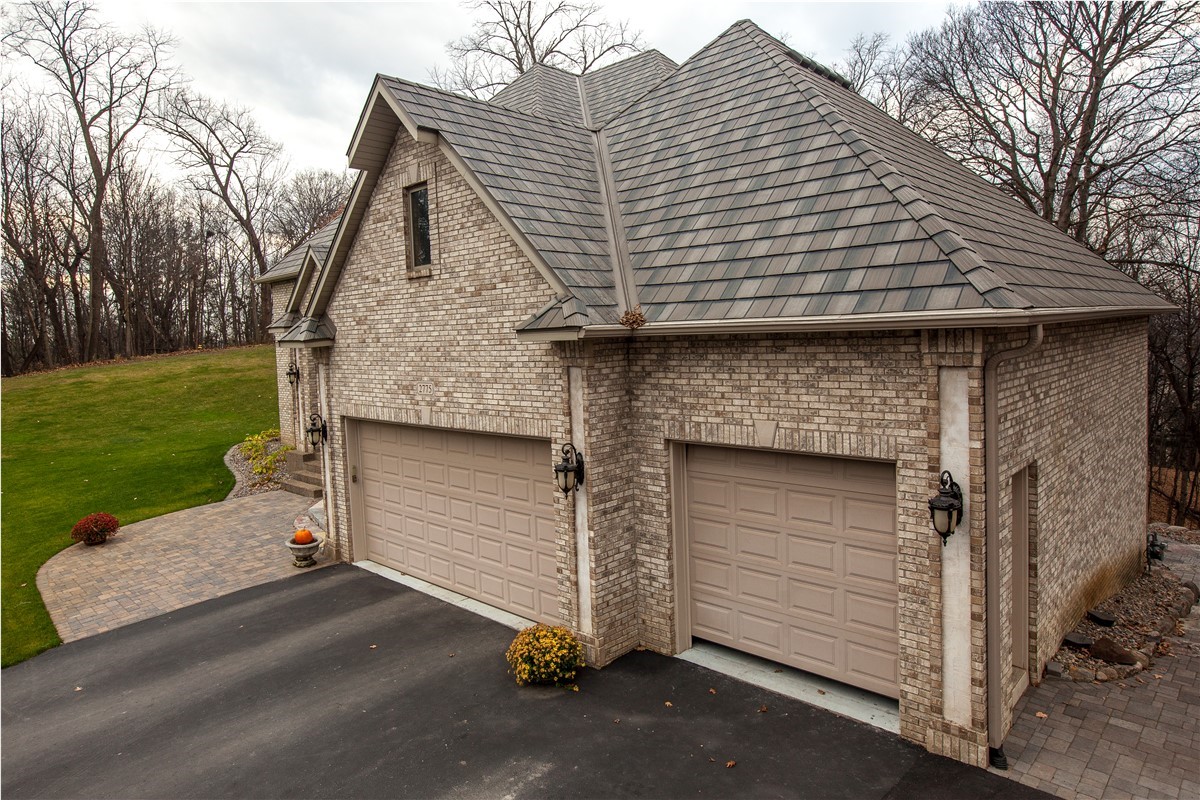
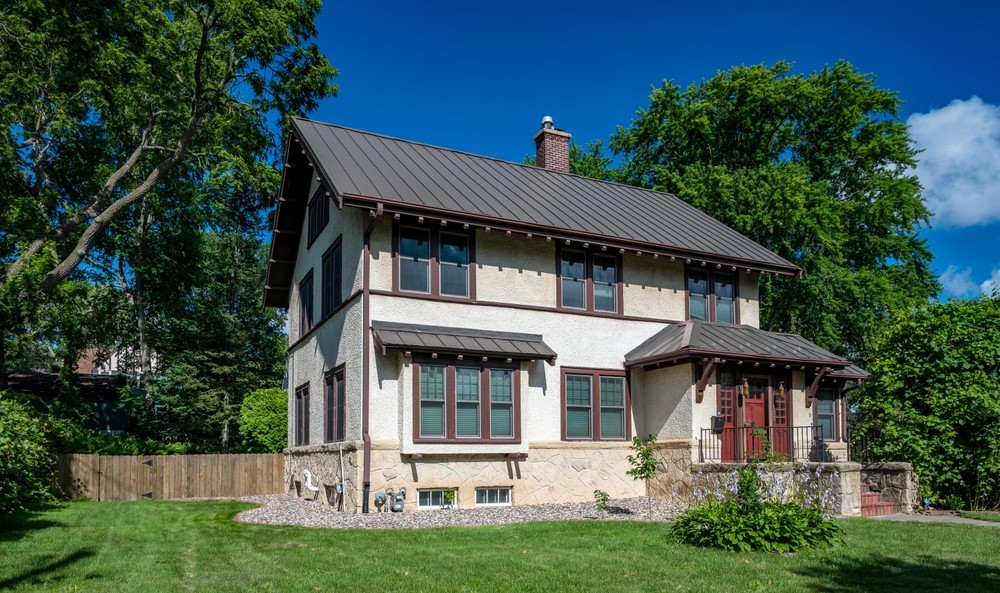
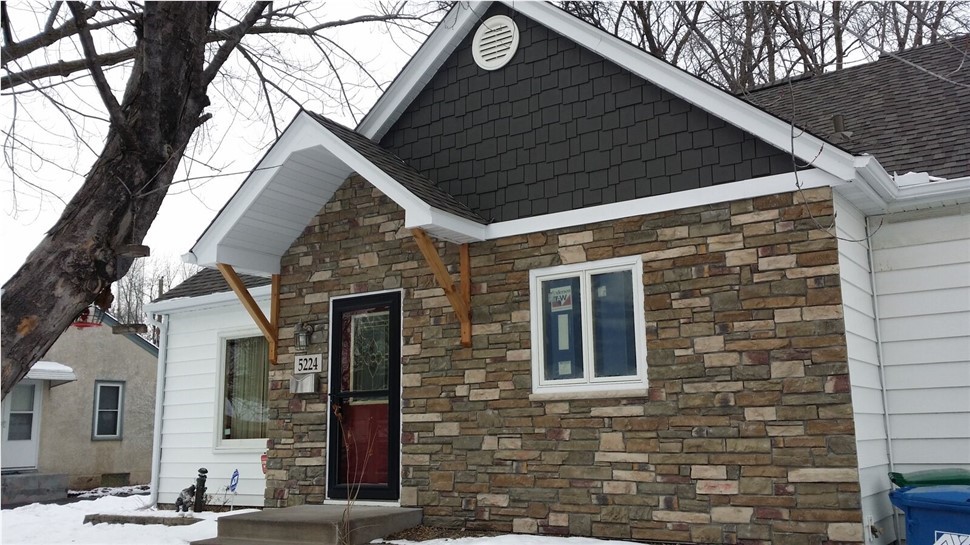
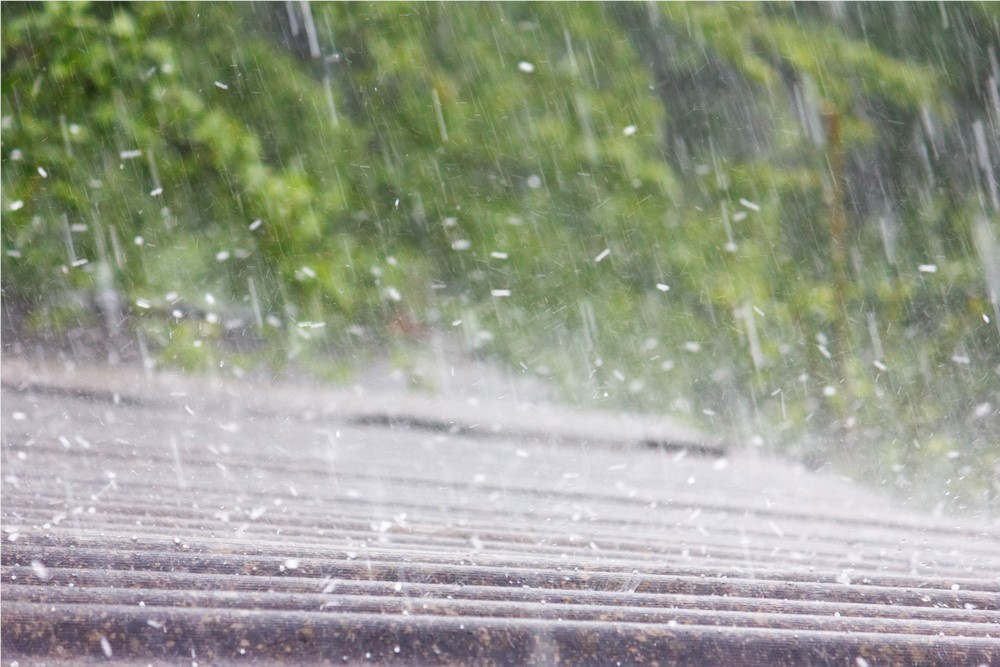
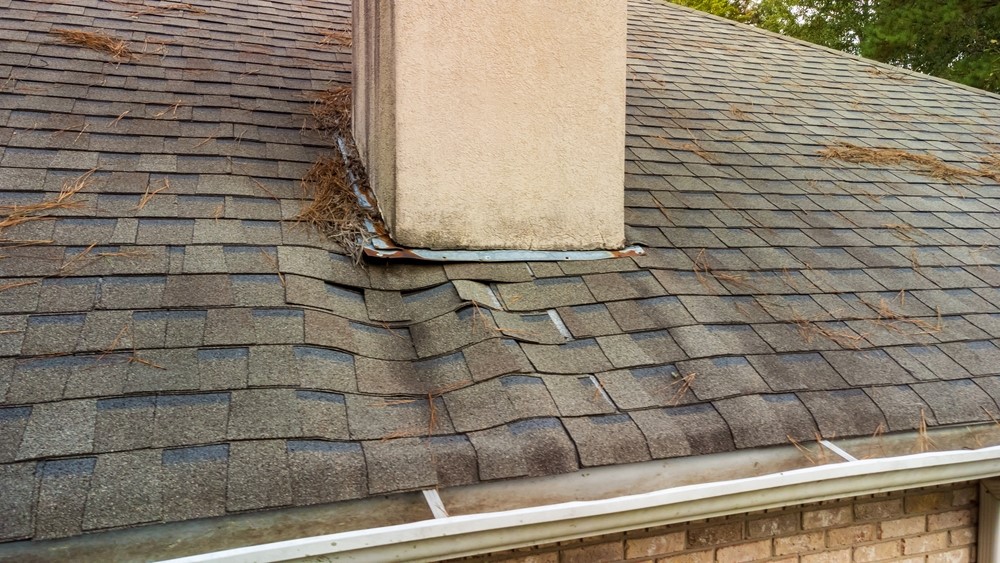
Comments